Newsletter ▶ https://skill-builder.uk/signup ◀
Roger has a quick tip for anyone removing a radiator for decorating
Removing a radiator may seem like a daunting task, but with the right preparation and approach, it can be accomplished efficiently. Whether you’re renovating a room, replacing an old radiator, or simply performing maintenance, knowing how to safely remove a radiator is crucial to avoid potential water leaks and damage.
Removing A Radiator – Preparation
Before removing a radiator, gather the necessary tools and materials:
- Adjustable wrench
- Towels or cloths
- Bucket or tray
- Pipe cutter or radiator valve key (if needed)
- Sealant or caps for pipe ends
Steps to Remove a Radiator:
- Turn off the heating system: Shut off the heating system and allow the radiator to cool completely. This prevents hot water from leaking out when you disconnect the radiator.
- Prepare for water drainage: Place towels or cloths under the radiator and have a bucket or tray ready to catch any water that may spill when disconnecting pipes.
- Release pressure: Use the radiator valve key to release any pressure in the radiator. Place a tray underneath to catch any residual water.
- Close radiator valves: Use an adjustable wrench to close both the lockshield valve (the one with a plastic cap) and the thermostatic valve (the one with a control knob).
- Disconnect pipes: Use an adjustable wrench to loosen the nuts connecting the radiator valves to the pipes. Place the bucket or tray underneath to catch any remaining water as you disconnect.
- Remove the radiator: Lift the radiator carefully off its brackets. It may still contain residual water, so handle it with care to avoid spills.
- Cap or seal pipes: Once the radiator is removed, cap or seal the exposed pipes with sealant or caps to prevent leaks and maintain the integrity of your heating system.
Tips for Success:
- Label connections: If you plan to reinstall the same radiator or a new one in the future, label the pipes and valves to ensure correct reinstallation.
- Work with a partner: Radiators can be heavy and awkward to handle alone. Enlist the help of a partner to lift and maneuver it safely.
- Inspect for damage: Check the radiator and pipes for any signs of corrosion or damage while they are accessible. Address any issues before reinstalling or replacing.
Safety Considerations:
- Protective gear: Wear gloves and eye protection to safeguard against sharp edges and potential spills.
- Electrical safety: If electrically powered, ensure the power is completely disconnected before beginning.
Conclusion
Removing a radiator requires careful preparation and attention to detail to avoid water damage and ensure the safe disconnection of heating pipes. By following these steps and safety precautions, you can effectively remove a radiator for maintenance, renovation, or replacement purposes. Always consult professional advice if unsure, especially with complex heating systems or unfamiliar procedures. With the right approach, you can successfully manage your home heating maintenance with confidence.



